Bac Giang emerges as Vietnam’s economic growth phenomenon
BAC GIANG - Once an agriculture-based province, Bac Giang has undergone a remarkable transformation to become a national leader in economic growth. Over the past three years, it has consecutively topped the country in GDP growth, fueled by an increasingly integrated industrial–service–agriculture ecosystem and a strategic focus on investment attraction.
From 2022 to 2024, Bac Giang posted annual GDP growth rates of 19.3%, 14.99% and 13.85%, respectively—nearly double the national average.
In recognition of its outstanding performance, the government has set Bac Giang’s 2025 growth target at 13.6%, the highest nationwide.
 |
|
Electronic components being manufactured at Hosiden Vietnam Co., Ltd in Quang Chau Industrial Park. |
The province’s success is attributed to its proactive approach to improving the business environment, targeted investment policies, and decisive leadership.
These factors have turned Bac Giang into a preferred destination for major global technology firms and helped it evolve into a dynamic industrial hub in northern Vietnam.
Multinational corporations specializing in electronics components, semiconductors and renewable energy—from Singapore, China, South Korea and Japan—have established production facilities in the province.
Leading investors include Foxconn, Luxshare, JA Solar and Hana Micron. Notably, Foxconn and Luxshare are currently Bac Giang’s two largest employers, with workforces numbering in the tens of thousands.
The province's well-developed transport infrastructure, with strong connectivity to neighboring localities such as Thai Nguyen, Bac Ninh and Vinh Phuc, has attracted a network of satellite manufacturers in supporting industries. This has contributed to a robust value chain and deepened Bac Giang’s integration into the northern key economic region.
According to the provincial Industrial Park Management Board, Bac Giang is home to more than 512 projects in its industrial parks, including 392 foreign-invested and 120 domestic ones.
The combined registered capital exceeds 11.2 billion USD and 41 trillion VND. These enterprises currently employ over 227,000 workers—the highest figure on record—with an additional 6,000 jobs created in the past month alone.
The rapid expansion and improved efficiency of industrial zones have driven Bac Giang’s industrial sector to maintain annual growth rates exceeding 20%, positioning the province as a new growth engine in Vietnam’s northeast.
Economist Can Van Luc noted that Bac Giang stands out for its strategic location, well-developed infrastructure and dynamic business environment.
Its proximity to Hanoi, international airports, seaports and border gates provides ideal conditions for international trade and global supply chain connectivity.
Bac Giang has not waited for investors to come—it has proactively “built nests to welcome eagles,” reflecting the province’s belief that investor success is inseparable from its own development.
While industry is the province’s main growth driver, Bac Giang also places strong emphasis on agriculture and services to ensure sustainable development.
The province has led in agricultural restructuring with a focus on technology and innovation, transforming its rural landscape.
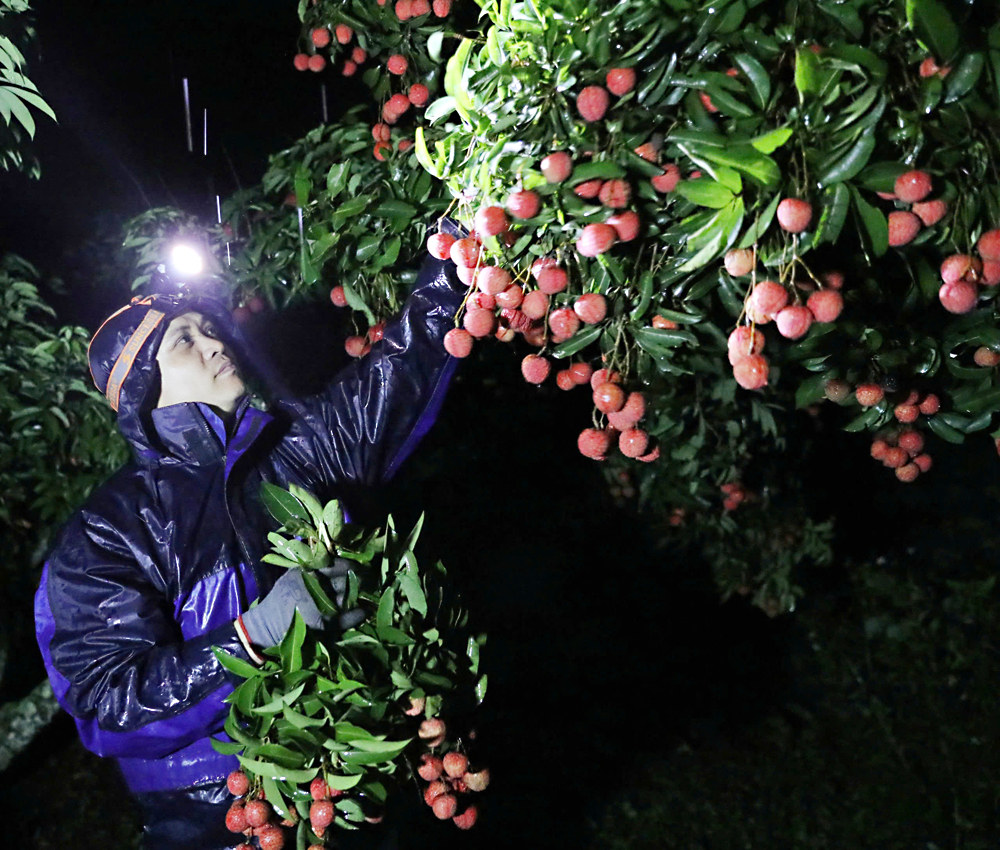 |
|
Bac Giang lychee is renowned both domestically and internationally, making a significant contribution to the province’s agricultural growth. |
Its signature product, lychee, has become a flagship Vietnamese fruit, produced under VietGAP and GlobalGAP standards and exported to more than 30 countries, including Japan, the United States and EU markets. Bac Giang currently leads the northern midland and mountainous region in agricultural value-added output.
In the first quarter of 2025, Bac Giang’s economy grew an estimated 14.02%—the highest in the country—demonstrating the province’s resilience and momentum despite ongoing challenges.
Observers note that Bac Giang’s success is no fluke. Rather, it is the result of consistently strategic planning and execution across successive leadership terms, particularly in key areas such as industry, regional connectivity, investment attraction and business climate reform.
 Bắc giang
Bắc giang
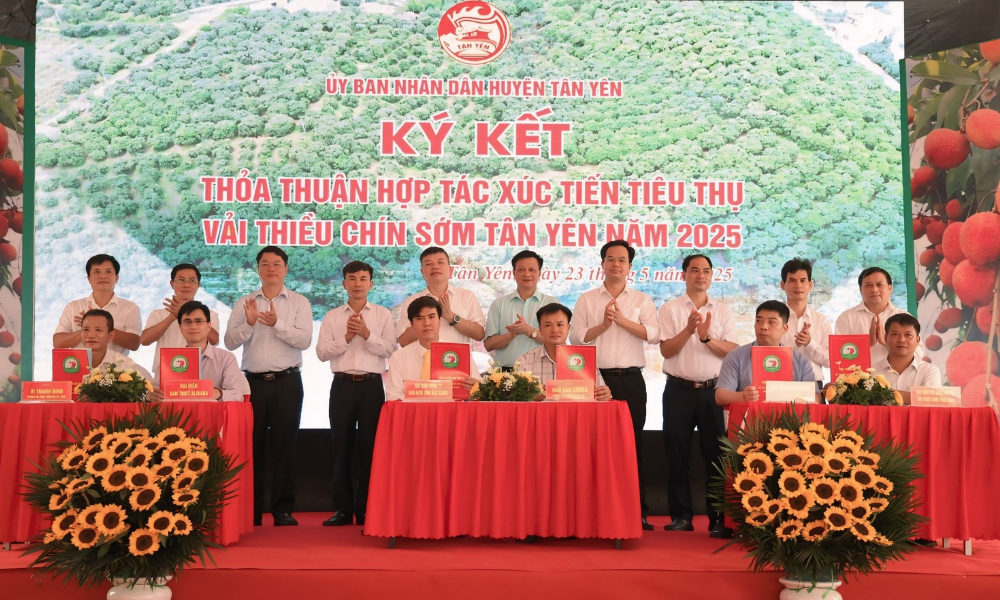
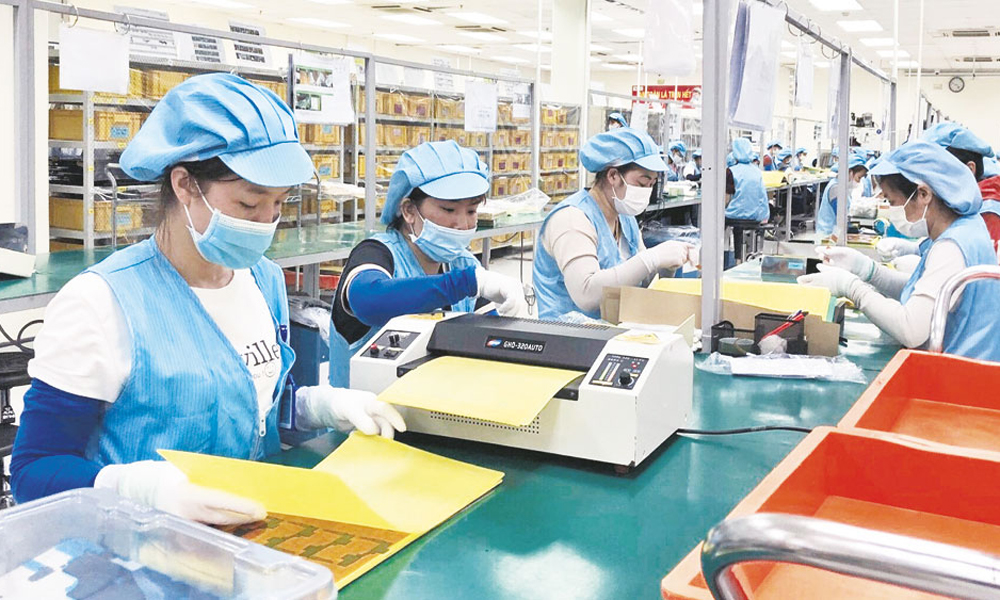

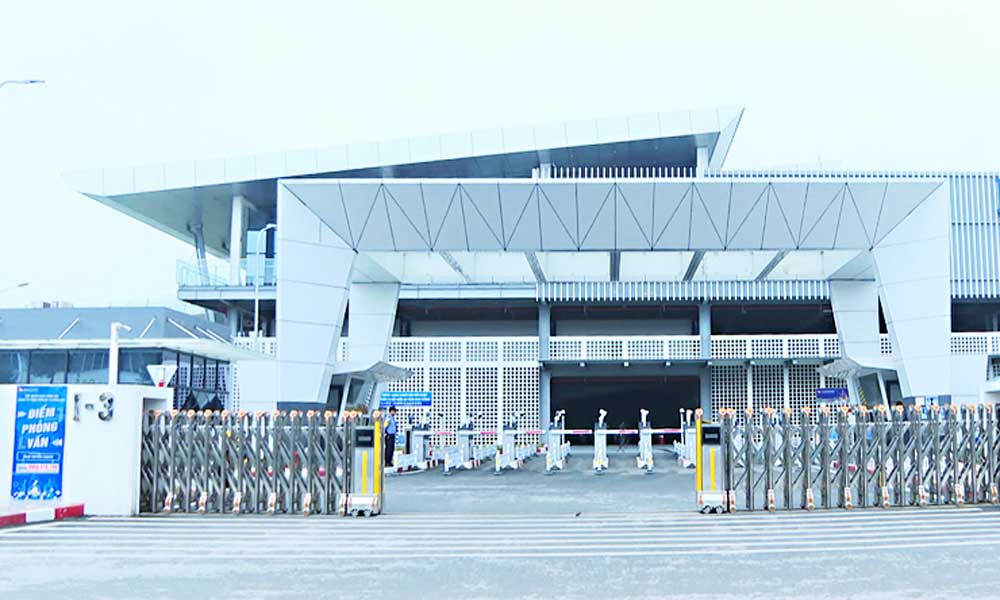
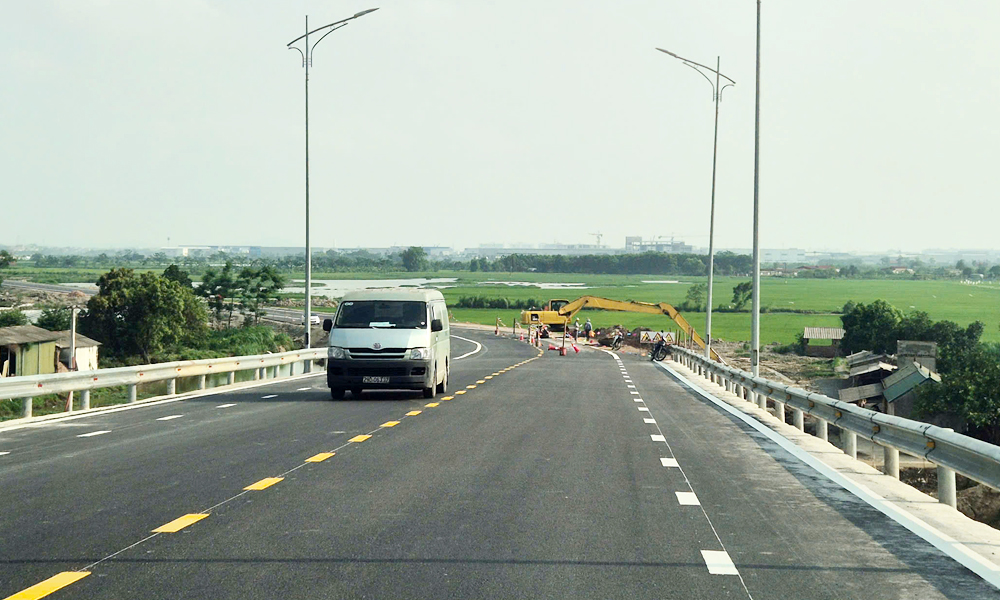
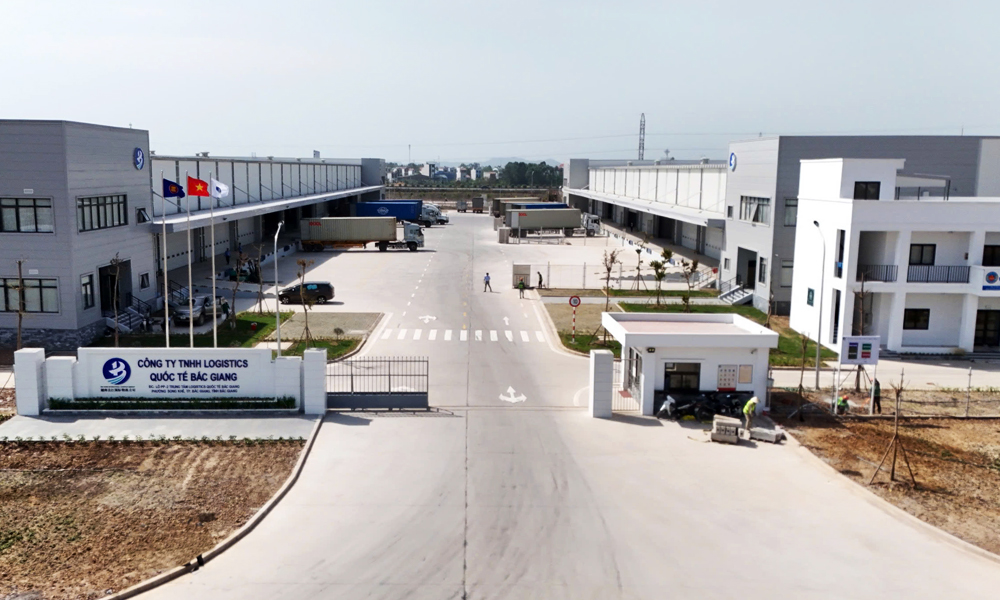
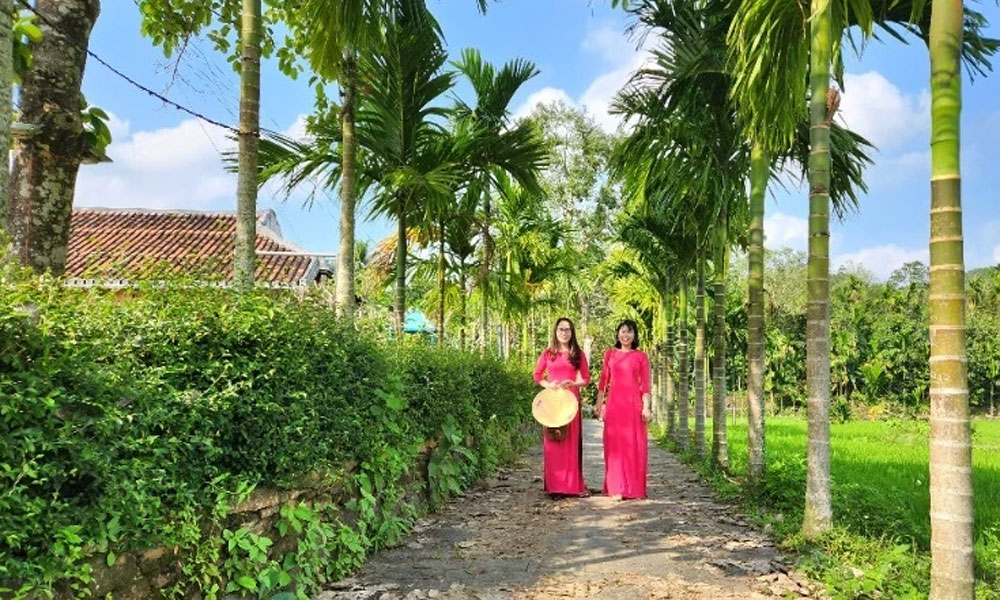
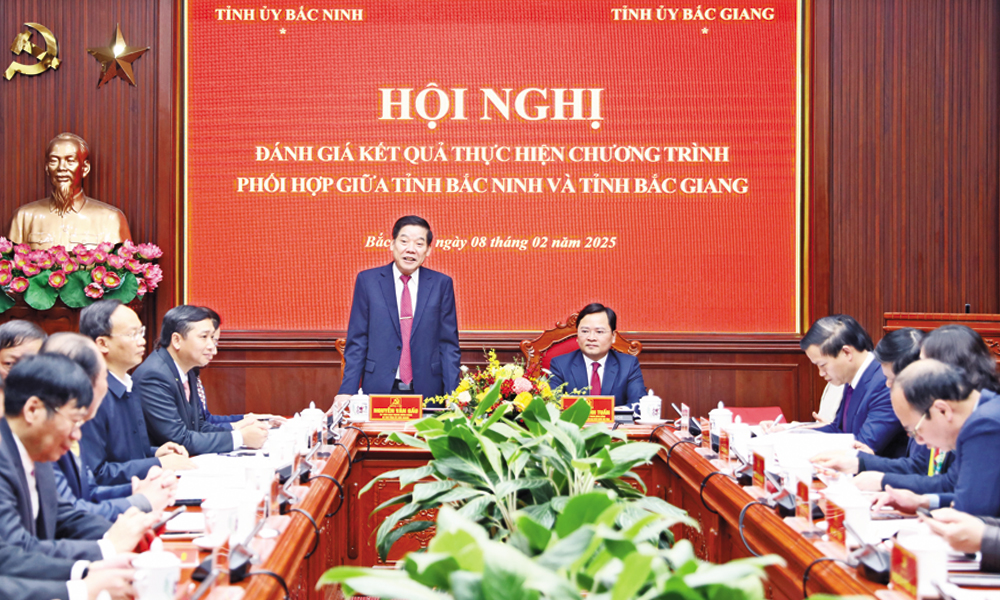
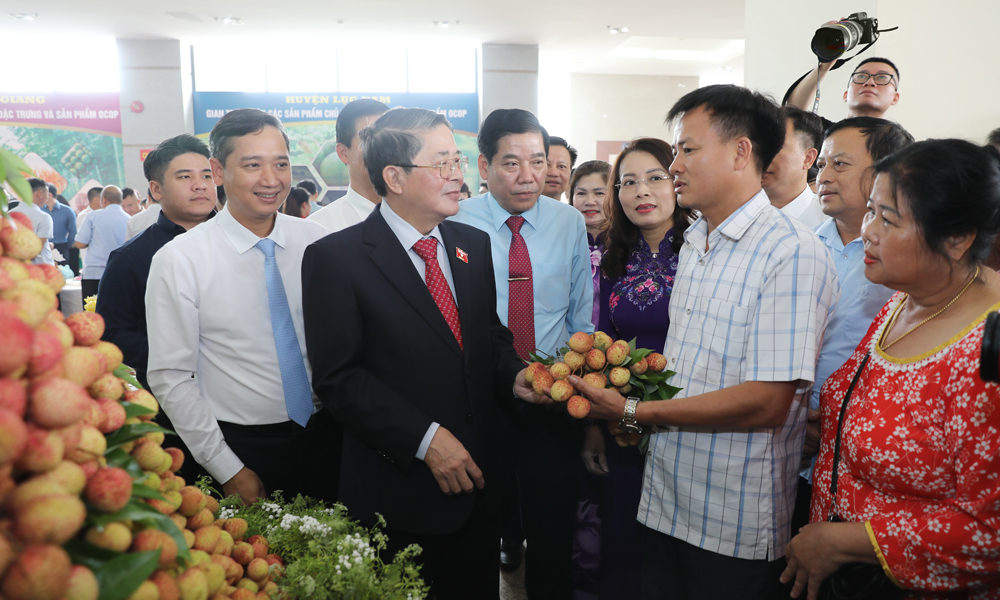
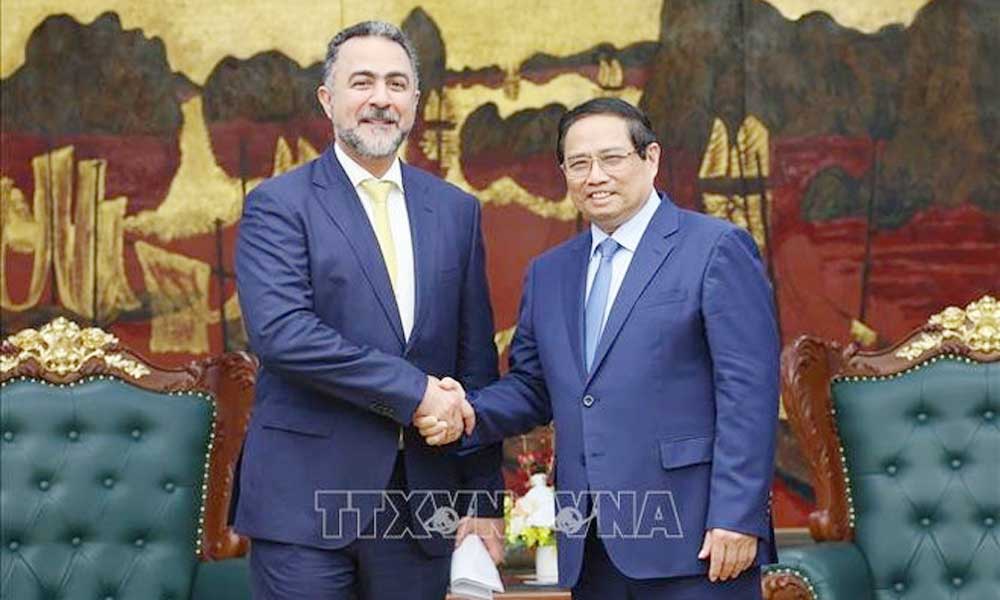
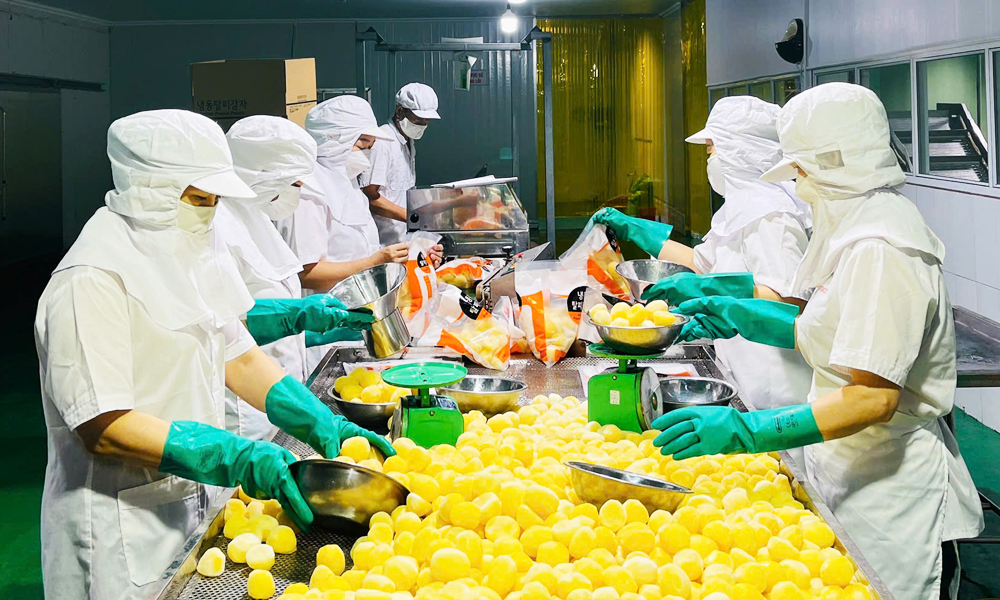

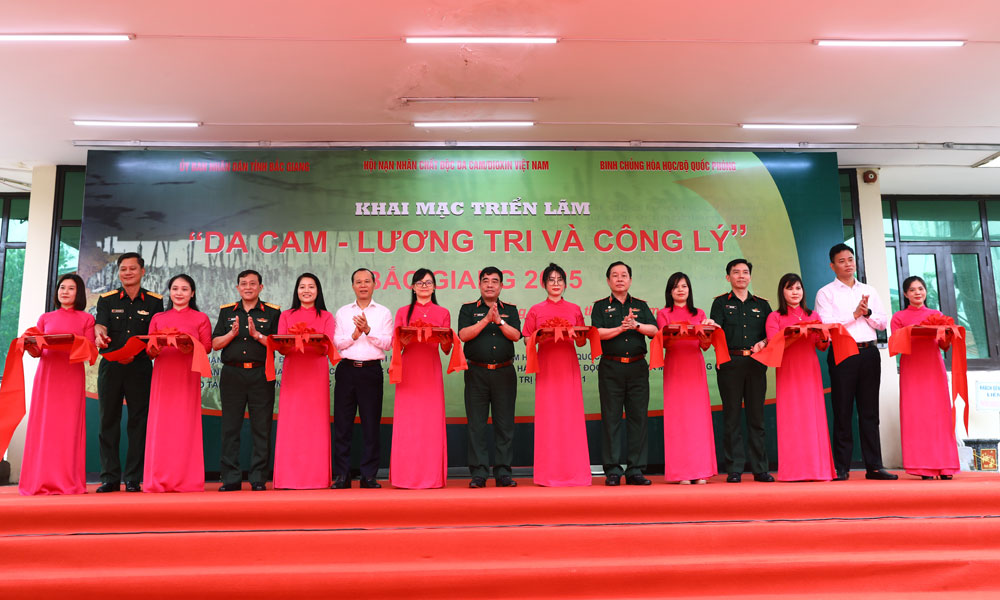

Reader's comments (0)